6. IBM System/360
Even by the early '60s, a dozen years after the pioneering SSEM, computers were still most definitely for the few rather than the many. IBM, which had entered the computer market back in 1953, was about to change all that.
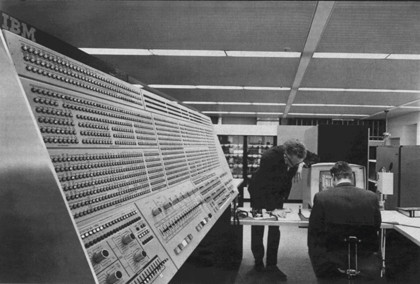
The IBM System/360 was launched in 1964, and is considered by some to have been the most successful mainframe computer of all time. The System/360 had a 32-bit architecture, something that didn't make its appearance in the PC market for another 21 years. Although few companies could afford to fully populate them, some models could take up to 4MB of memory.
Perhaps the main attraction was that software developed for any model would run on any other, thereby permitting an upgrade path.
IBM soon emerged as head and shoulders above the competition, and went on to dominate the mainframe market for decades. Viewed in the light of today's computers, a System/360 would appear huge. Each component – the CPU, the disk drives, several tape drives, line printers and an operator's console – was housed in its own cabinet, which meant that a system would occupy a whole room, which would need to be both fairly large and well air-conditioned.
7. DEC PDP-8
Despite the success of the IBM System/360, mainframe computers still remained the sole domain of moneyed government departments, universities and large corporations. Generally leased rather than bought, these machines could set their owners back a million dollars a year.
Get daily insight, inspiration and deals in your inbox
Sign up for breaking news, reviews, opinion, top tech deals, and more.
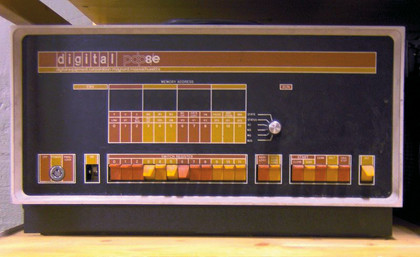
The computers would also need a team of operators to care for the machines, further pushing up costs. By the early 1960s, the race was on to downsize the computer and, in so doing, make computing accessible to smaller organisations.
While other companies may have created mini-computers first, the first firm to really break into this embryonic market was Digital Equipment Corporation (DEC). Introduced in 1965, DEC's PDP-8 was the first mini-computer to sell in significant numbers. It was sold for a fraction of the price of even the smallest IBM System/360 mainframe.
The CPU was about the size of one of today's large PCs, and when the storage and other peripherals were added, the whole computer was about the size of a domestic fridge. Most importantly, it could be operated by the people who needed to use it. It never sold as many as its successor – the hugely popular PDP-11, which was launched in 1970 – but that doesn't change the fact that the PDP-8 got there first.
8. IBM PC
Such was the magnificence of the PDP-8 and the mini-computer era it pioneered that it took a whole 16 years for the next true hero of computing to come along. There were some noteworthy efforts in the interim – the Apple II and the Commodore PET – but they were all overshadowed by the IBM 5150.
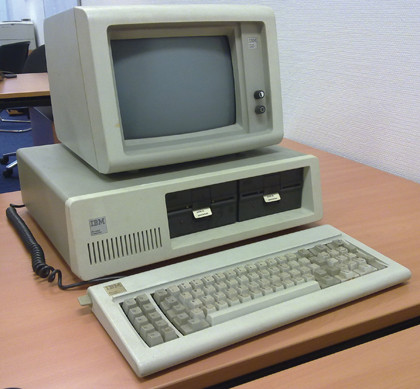
This pioneering machine was launched in 1981 and it kick-started the desktop PC revolution. Indeed, your desktop PC of today is very much its direct descendant.
At the time, commercial success wasn't exactly assured, because the 5150 was massively expensive. The original 1981 PC sold for $1,565, which would be the equivalent of $3,900 (or £2,600) today!
Despite these wallet-wilting features, the machine had a very sparse specification. For example, it didn't come with a monitor: you had to use a TV. It had 16kB of memory and, as hard drives were squarely a thing of the future, you had to make do with floppy drives. Even these were an optional extra – IBM intended 5150 machines to store data on cassette tapes.
9. Sinclair ZX81
If imitation is the sincerest form of flattery then IBM must have been over the moon at the appearance of the many clones of its PC that soon flooded the market. Although the following wave of lookalikes succeeded in forcing prices down, back in the 1980s the PC was still most definitely a tool for businesses only.
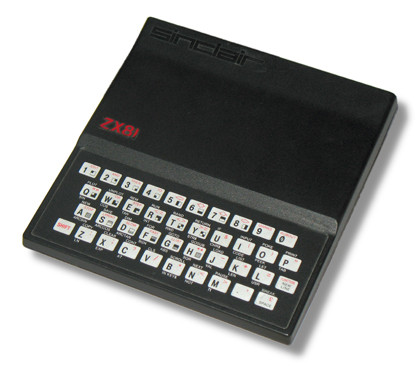
The machine that changed all that, at least here in the UK, was the Sinclair ZX81, which is still remembered for its super low price. On its launch it took the country by storm. It might have looked more like an overgrown calculator with its primitive membrane keyboard, but it cost just £69.95 (or £49.95 if you were prepared to solder the components onto the circuit board yourself).
Sinclair managed to keep the ZX81's price low by reducing the number of chips on the motherboard from 21 on the ZX80 to four on the ZX81.
Needless to say, the ZX81 didn't pack the same sort of punch as the IBM PC. It had an 8-bit Z80 processor with a clock speed of 3.25MHz, 1kB of RAM, and featured monochrome output to a TV set. The display comprised 24 lines of text, each 32 characters long or, in block graphics mode, it provided a resolution of 64 x 48 pixels. Oh, and you had to use a cassette recorder for storage.
10. Apple Mac
The computer that brought us a GUI and mouse No, you haven't opened a copy of MacFormat by accident: even a dyed-in-the-wool PC user would have to admit that the Apple Macintosh was groundbreaking when it first appeared back in 1984.
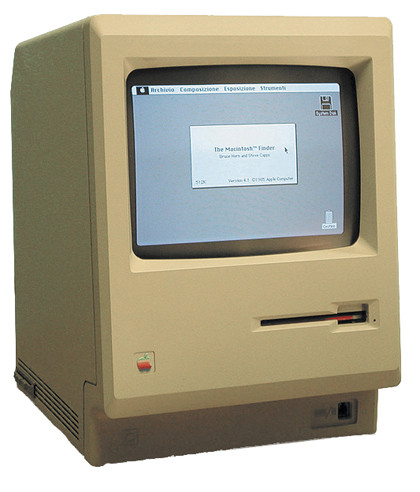
Today its all-in-one appearance looks somewhat quaint, but it had one very important thing going for it that wouldn't emerge into the PC world for another eight years. When PCs were still driven by entering cryptic commands at a prompt on a text display, Apple Mac users were clicking graphical icons on-screen and having information presented to them in windows.
Here was the first mass-produced computer to be shipped, as standard, with a graphical user interface and a mouse – and the computer industry has never looked back. While touchscreens and voice input have been hyped as the next breakthrough in user interfaces, this concept is alive and well over a quarter of a century on.
- 1
- 2
Current page: IBM System/360, DEC PDP-8 and more
Prev Page The 10 most influential computers in history